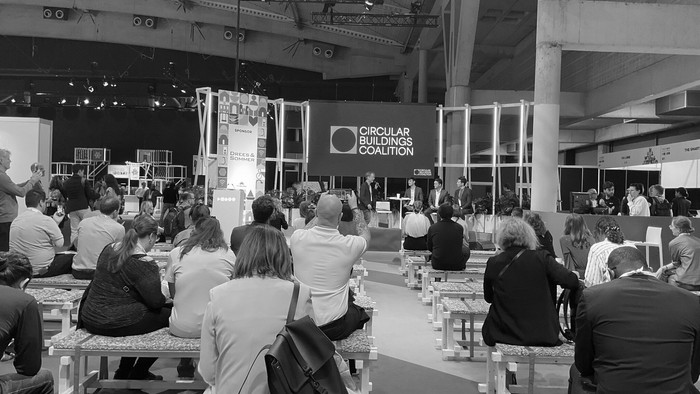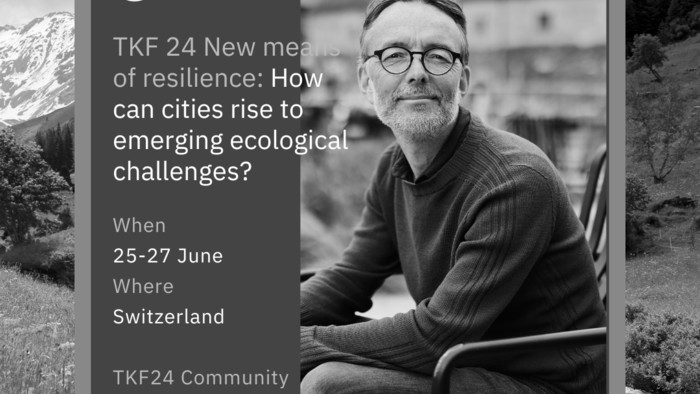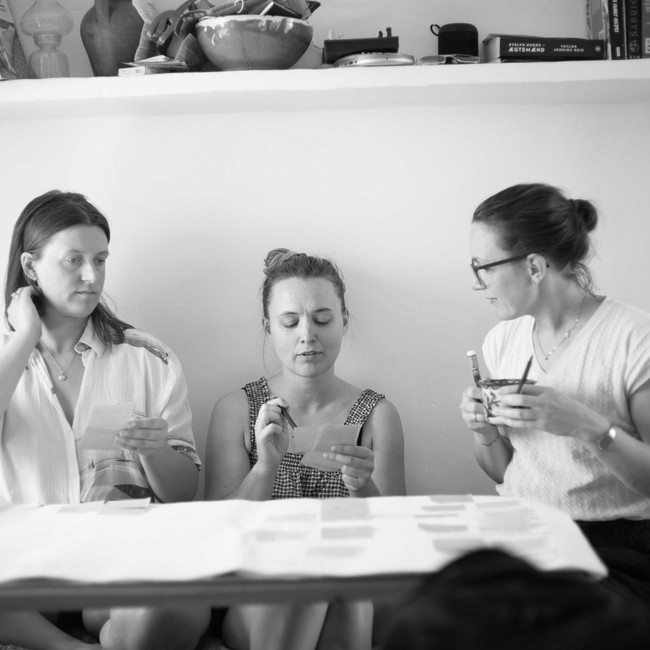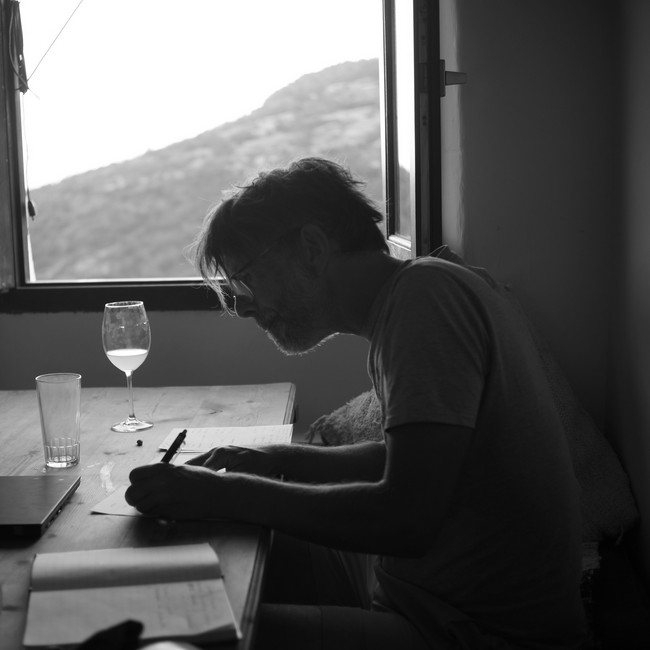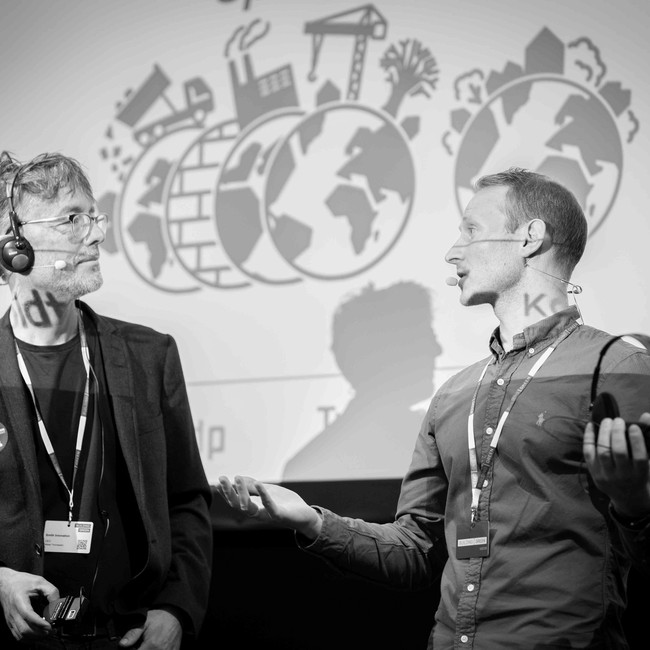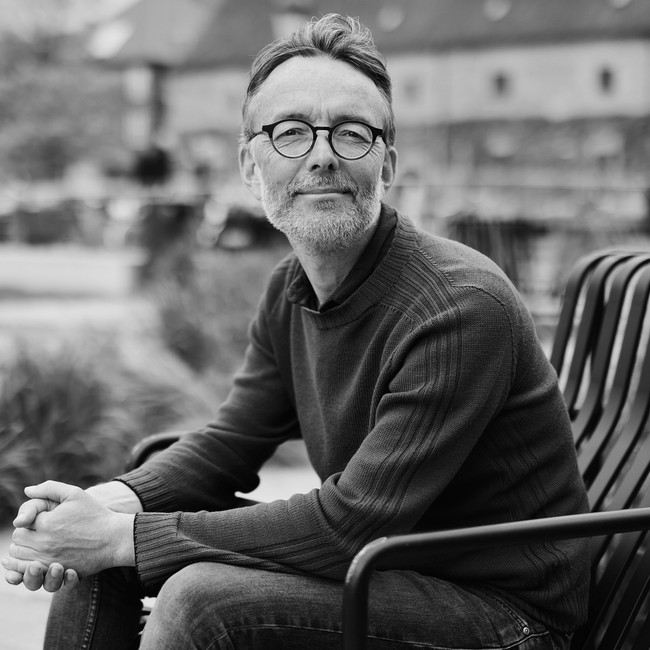
Space for All
If you add together the land requirements, the equation doesn't balance. There is no such thing as 'agricultural land', 'urban land' or 'transport land' - there is one planet that we must collectively learn to use wisely. The battle for space is intensifying as our population grows and we consume more. There are no free spaces, no new territories to be incorporated, no land- and resource rights to be taken for granted. We must learn to do more with less, to make room for the ecosystems of which we are a part.

The space crisis takes many forms:
- Space for the city: How much should our cities grow? How dense should they be? What is the right planetary size for housing? Can we make better use of existing urban areas rather than constructing new ones? How can we create proximity to essential functions to minimise the need for transport and infrastructure? How can public transport planning be better integrated into the development of compact cities?
- Space for energy: How do we create space for future renewable energy production? How do we establish a digital and physical infrastructure that ensures full security of supply with new renewable energy sources? Where do we locate renewable energy installations in the city so that they do not take up too much open land? How can synergies between new energy producers be achieved for efficient land use?
- Space for water: How do we restore the natural flow of water through cities and countryside? How can rivers and streams be allowed to flood again so that not all the water flows downstream into cities? How do we design and locate nature and infrastructure to protect against storm surges and rising sea levels? How do we store water to ensure its availability in times of drought?
Therefore, spatial planning cannot simply be about everyone staying within their own boundaries. We need a renegotiation of our entire land-use planning. One that transcends traditional boundaries and roles. We need solutions that address multiple needs simultaneously. With an adaptive approach, we need to plan for a resilient city that co-evolves with its people and its surroundings.
